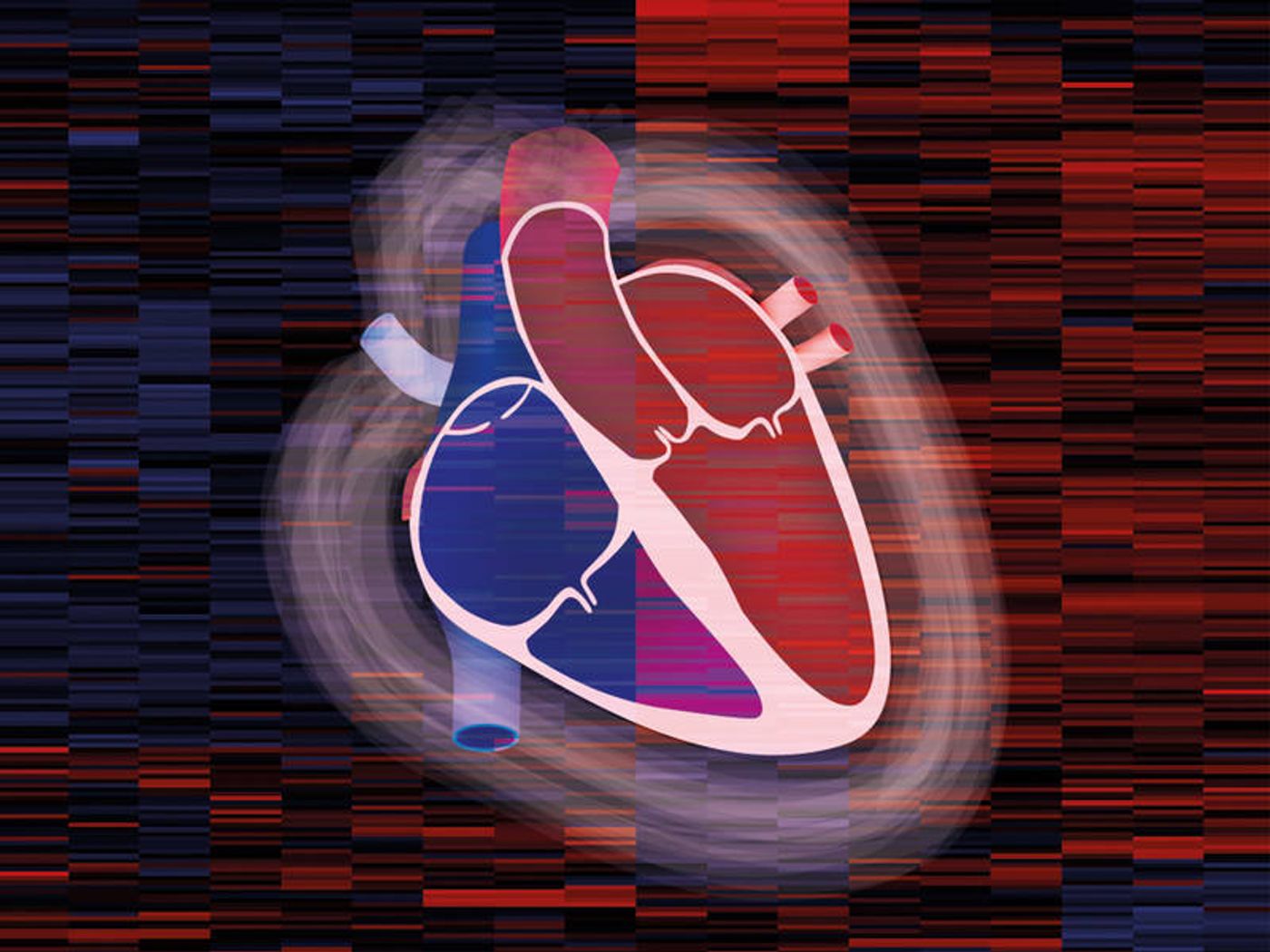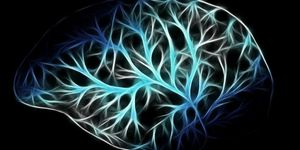For the First Time, Scientists Have A Protein Map of the Heart
For the first time, scientists have produced the “cardiac proteome,” a map of all of the tens of thousands of proteins contributing to the success of every single heartbeat. The new map provides an “atlas” of what a healthy human heart looks like. Because to know what goes wrong in a diseased heart, one first must determine what a healthy heart looks like, in cellular detail.
Front: drawing of a cardiac muscle, Background: excerpt from a so-called “heatmap”, an overview of the proteins analyzed for the cardiac proteome. (image: Doll, Kraue, Menzfeld / MPIB)
Lead author Sophia Doll and her team of researchers, brought together by a collaboration between the Max Planck Institute of Biochemistry (MPIB) and the German Heart Centre at the Technical University of Munich (TUM), collected 150 tissue samples to catalogue the type and number of individual proteins found in every type of cell that exists in the heart’s tissues.
Specifically, Doll looked at the protein composition of three main cell types of the heart: cardiac fibroblasts, smooth muscle cells, and endothelial cells. These cell types are spread out over various heart regions, including the heart valves, cardiac chambers, and major blood vessels. Using mass spectrometry, researchers identified close to 11,000 different proteins in the heart.
Surprisingly, the right and left sides of the heart appeared to have a similar protein composition, despite a large difference in their functionalities.
“Looking at the protein atlas of the human heart, you can see that all healthy hearts work in a very similar manner,” Sophia Doll explained. “We measured similar protein compositions in all the regions with few differences between them.”
Changes in the DNA that contains the code for protein production or changes in the proteins themselves can both contribute to heart disease. Using the new cardiac proteome, scientists began to compare a healthy heart versus a diseased heart, starting with proteomes of patients with atrial fibrillation, a common disorder characterized by an irregular heartbeat.
They saw that a large majority of the differences between the two proteomes was in proteins that provide energy to other heart cells. However, it seems that each individual diseased proteome contains slightly different changes compared to the health cardiac proteome, stressing the importance of personalized medicine.
“Although all the patients had very similar symptoms, we see from the data that a different molecular dysfunction was responsible in each case,” said TUM’s Markus Krane. “We need to learn to recognize and treat such individual differences - especially in cardiac medicine.”
The present study was published in the journal Nature Communications.
Sources: American Heart Association, Technical University of Munich









